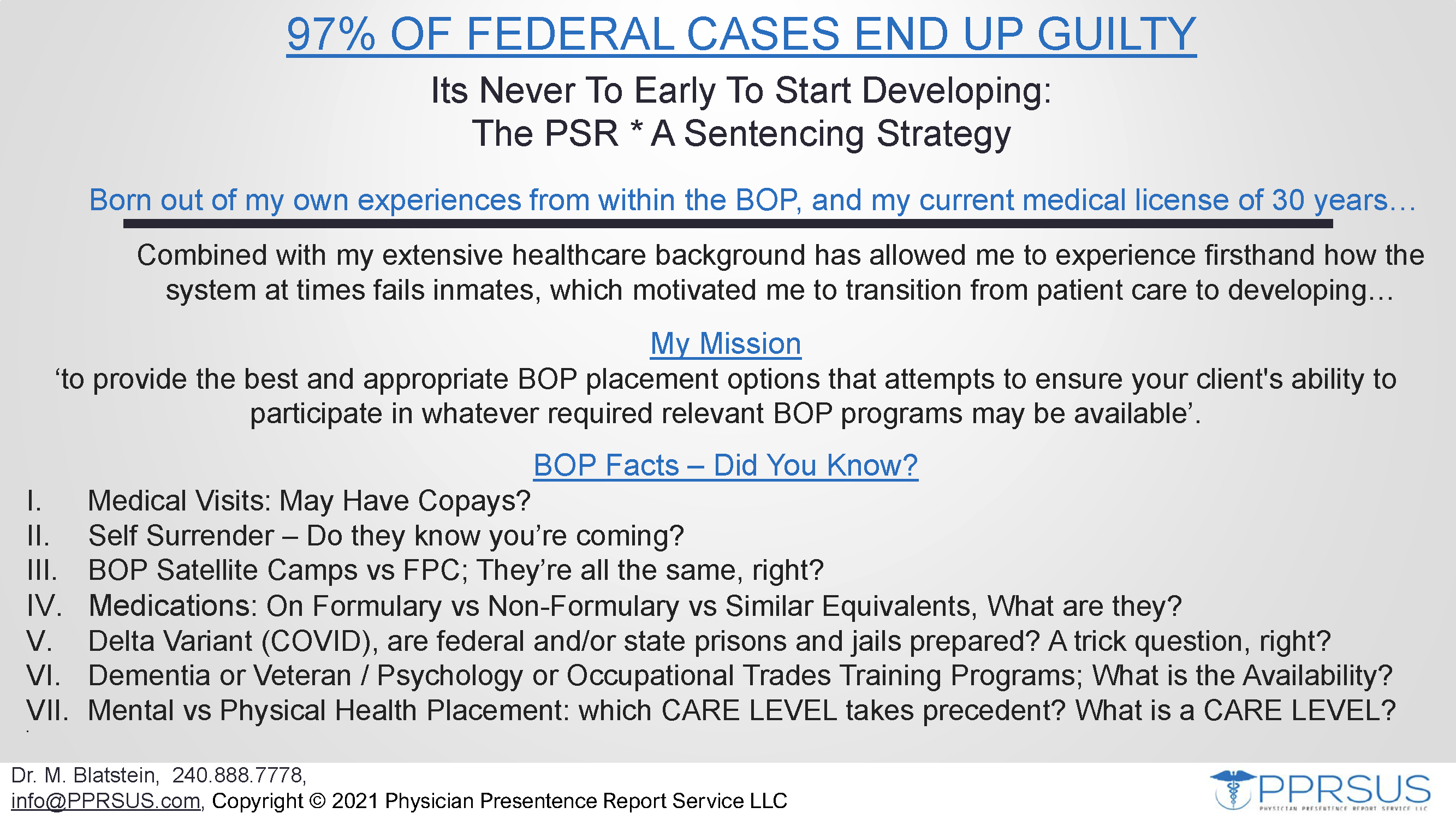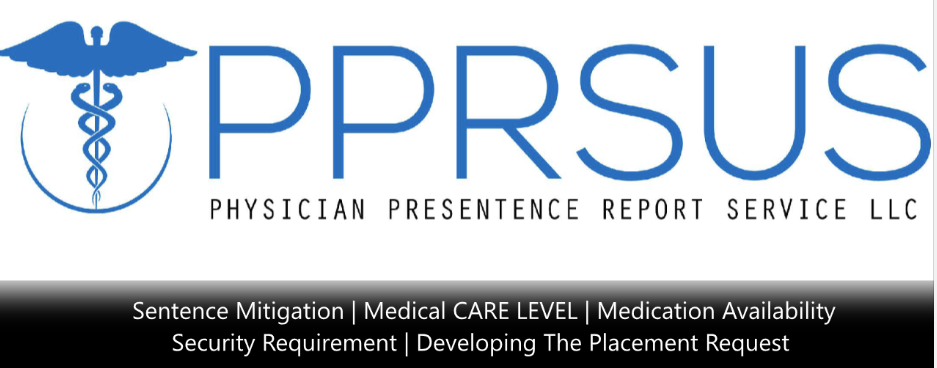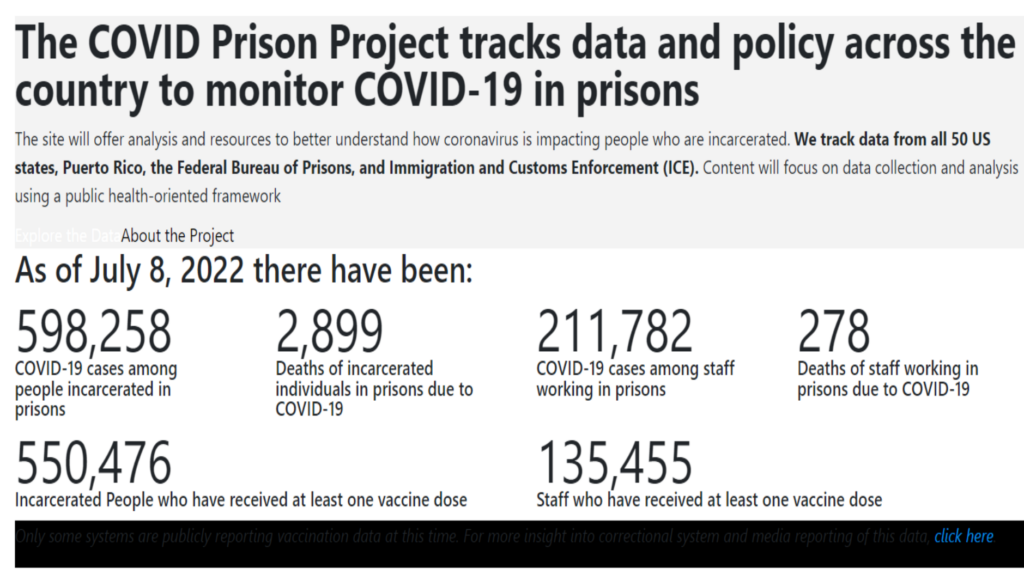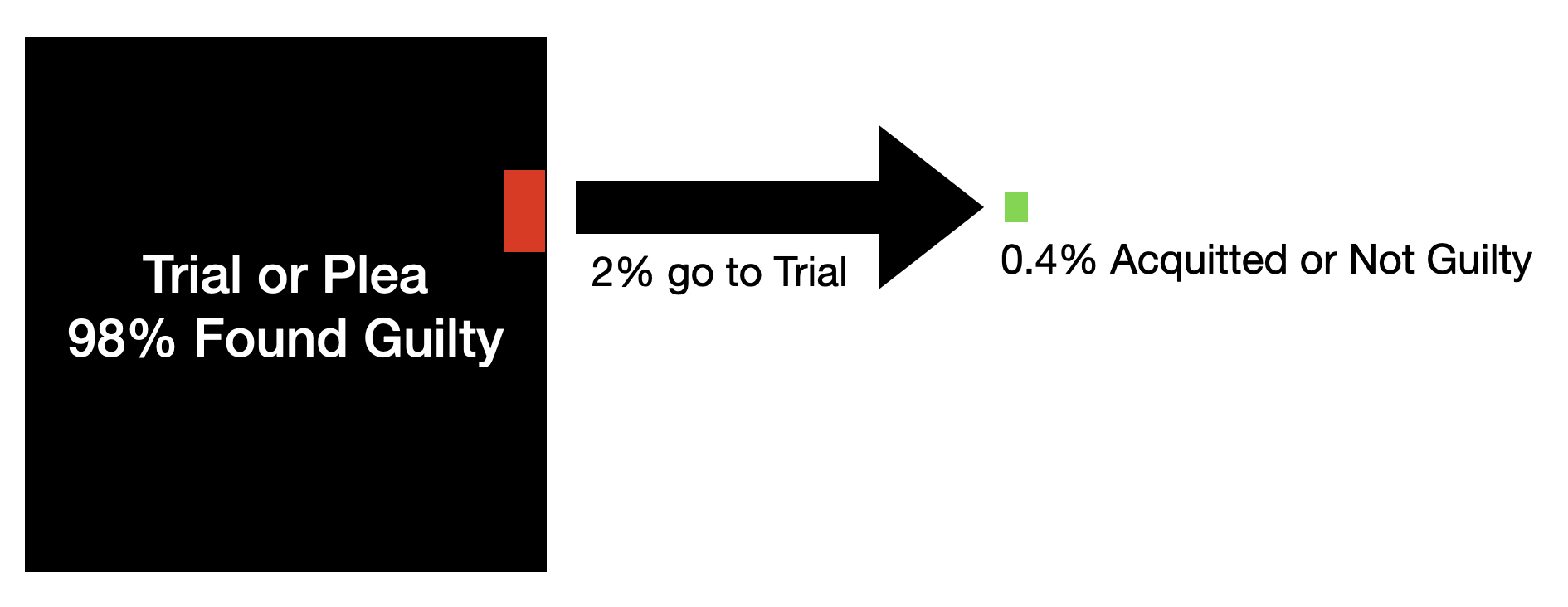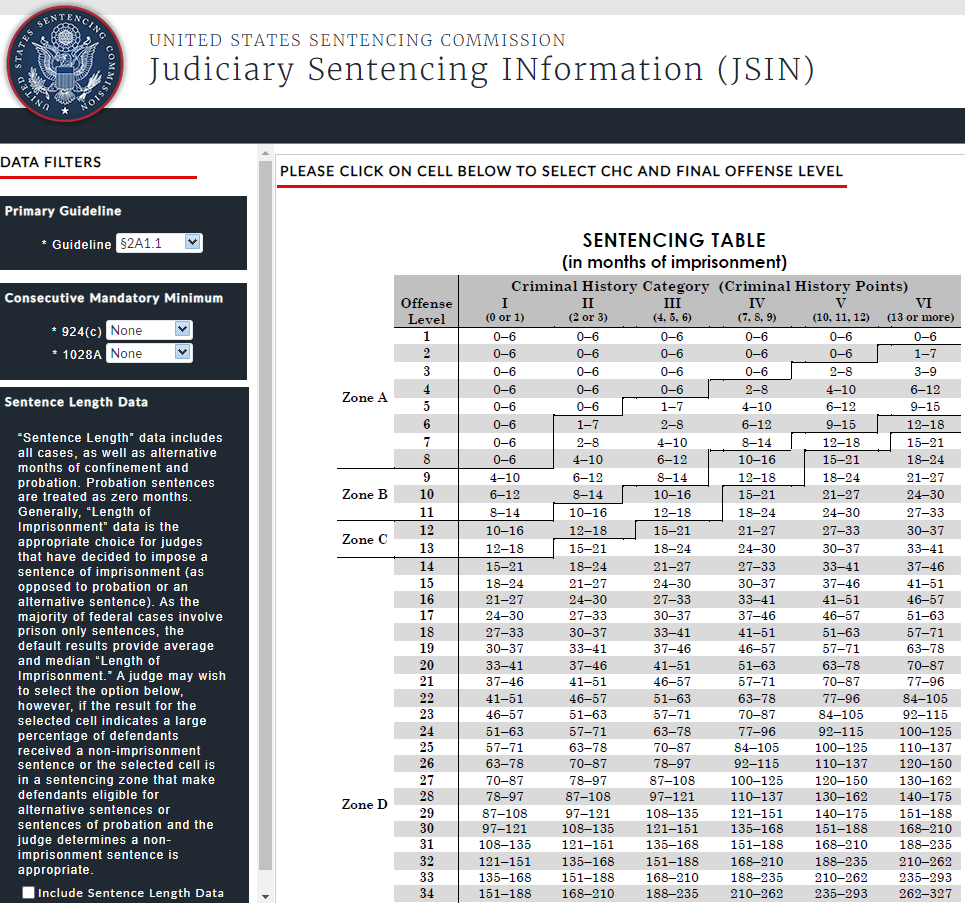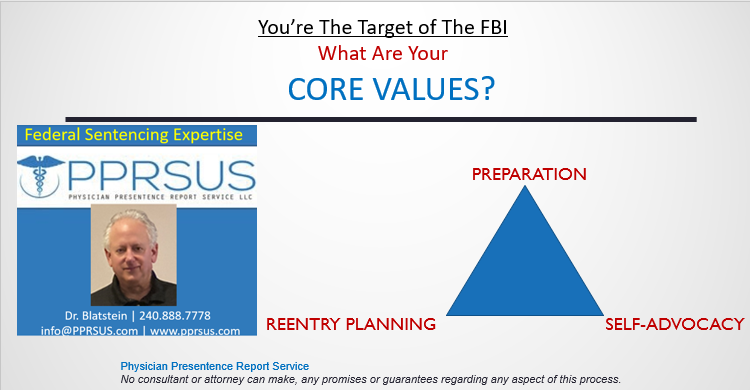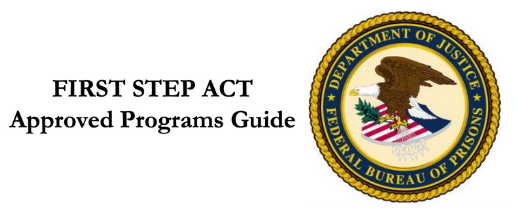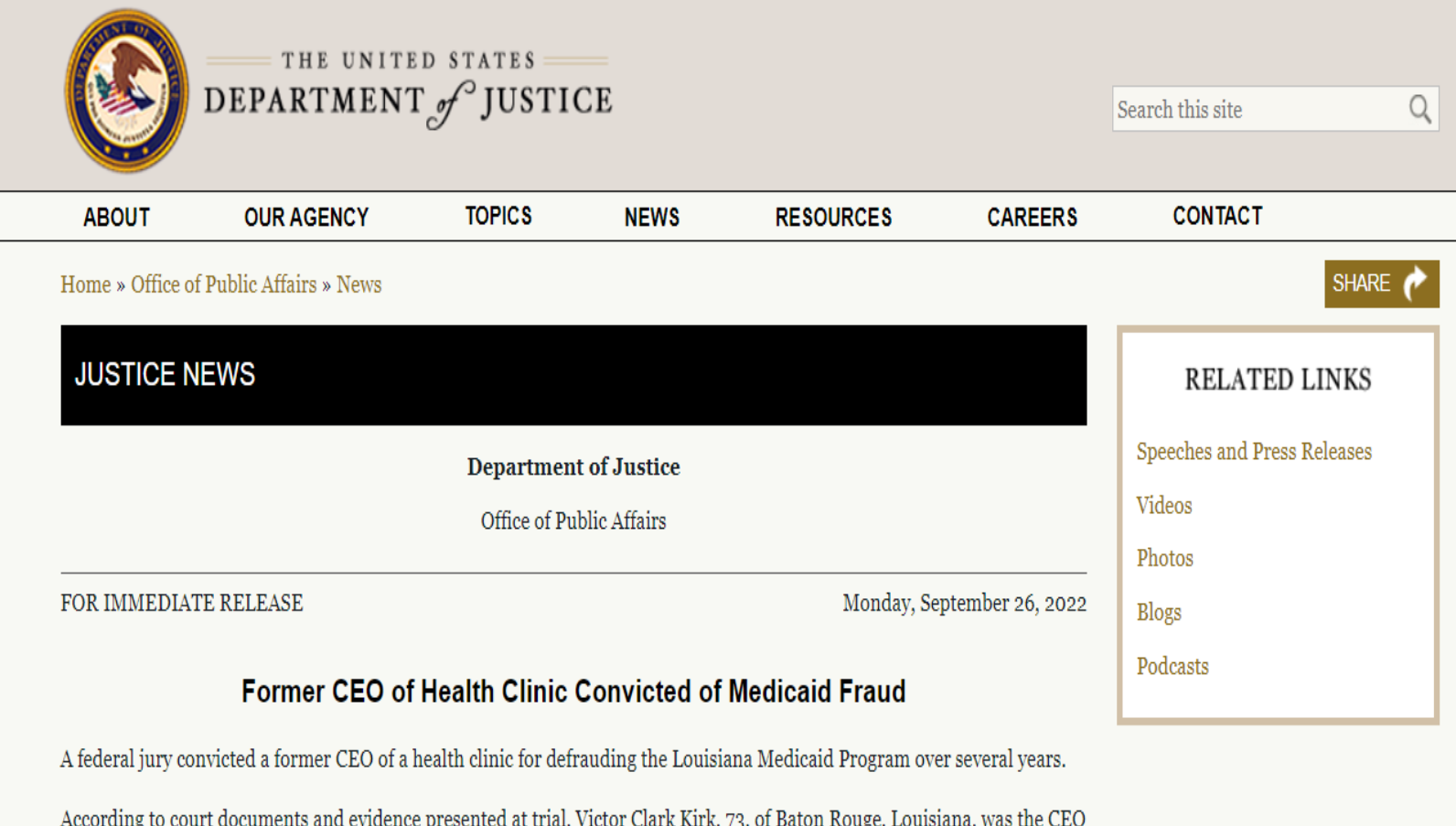The Release Plan- Part II – Understanding Your Restrictions
Hello, and thank you for tuning into my Video series, INDICTED AND FACING PRISON: NOW WHAT?
My name is Marc Blatstein – I, too, was convicted of a felony. To call this a life-altering event, at best, is an understatement. With work, I got my license to practice reinstated.
Prison is Temporary.
Knowledge and Preparation will help build back the Confidence you’ll need throughout this process.
- The DOJ has a 98% Conviction Rate.
- Delaying to act now is at your peril.
- Hiring a legal team doesn’t just mean they have experience; they also need a proven track record of successfully defending cases like yours.
- The choices you make today – will make a better tomorrow.
Social Security
SSI benefits are suspended if you are incarcerated for more than 30 consecutive days but less than 12 months and terminated if you are incarcerated for 12 months or longer.
- You must request to have your benefits reinstated upon your release and provide a copy of your release documents.
- If your BOP facility has a pre-release agreement with a local SSA office, your Case Manager might be able to help expedite the process so you can start receiving your benefits as soon as possible after your release.
Re-entering the Community After Incarceration
- An individual released from incarceration may be eligible for Social Security retirement, survivors, or disability benefits if they have worked or paid into Social Security enough years.
- If you believe you qualify, call our toll-free telephone number, 1-800-772-1213, to schedule an appointment.
- See my SS Post on my Website. Request your medical records
- You will want documentation to show to your doctors after your release.
- This will likely take time, so make the request far in advance. Before You Leave
- Every BOP facility will have its own standard release procedures. Talk to your Case Manager to ensure you are prepared and know what to expect.
Arrange transportation
- The BOP will provide you with transportation if necessary.
- If you are being picked up by a loved one, make sure they know when to arrive, where to go, and what to expect. Release clothing
- The BOP will provide clothing for your release if necessary.
- You can have approved clothing mailed to the facility before your release date.
Mail property home
- If you want to take home more than you can physically carry, consider mailing the bulk of it home before your last day.
Change of address
- Make sure your loved ones know how to reach you after your release.
- Update any magazine subscriptions or other mail with your release address. If you are released to a halfway house
- Every halfway house has different rules and restrictions. Read your paperwork carefully to understand what is allowed.
- Stock up on approved commissary items you will need right away.
- It may be some time before you are allowed to go to a store.
- Every federal district has its own set of rules for supervised release.
- Every state has its own set of rules for sex offender compliance.
- Understanding your restrictions will help you prepare for a successful transition home.
The Day of Your Release
- On the day of your release, you will report to R&D (Receiving and Discharge) to complete the required release steps. Procedures may vary at each facility but will include:
- Physical search (only if you are being released to the custody of law enforcement agents) • Form completion.
- Dress out (changing into your release clothes)
- Receipt of any prescription medication
- Receipt of funds, including the balance from your account and any transportation stipend deemed necessary • Receipt of property, including any identification available
- Final clearance © 2021 Probation Information Network LLC www.probationinfo.org Part V) After Release / Post-Incarceration Service
- YOU ARE STILL UNDER THE CONTROL OF THE BOP
For many, you’re in BOP custody until you complete your prison term (if sentences are greater than six months).
You’re in a Residential Re-entry Center (halfway house) or working with the BOP’s Community Corrections Management.
Home Confinement – Eligible
If eligible, you can be transferred to home confinement (the last six months or 10% of the sentence, whichever is less), and you will transition from the RRC or CSC with another set of rules and requirements. When leaving BOP custody, you will start a supervised release period, which is often three years.
- Each of these is a different branch of the Justice Department,
- You Do Not Want To Get Disciplined or have any Infractions that Could Return You To Prison
Probation/Supervised Release
- Parole and Probation violations are among the main drivers of excessive incarceration in the U.S. Prison Policy Initiative.

- © 2021 Probation Information Network LLC www.probationinfo.org
To engage my services or to have your concerns answered, Call me Today: 240.888.7778. This is my Cell, and I personally answer and return all calls. You can also get additional information on my website at PPRSUS.com.


